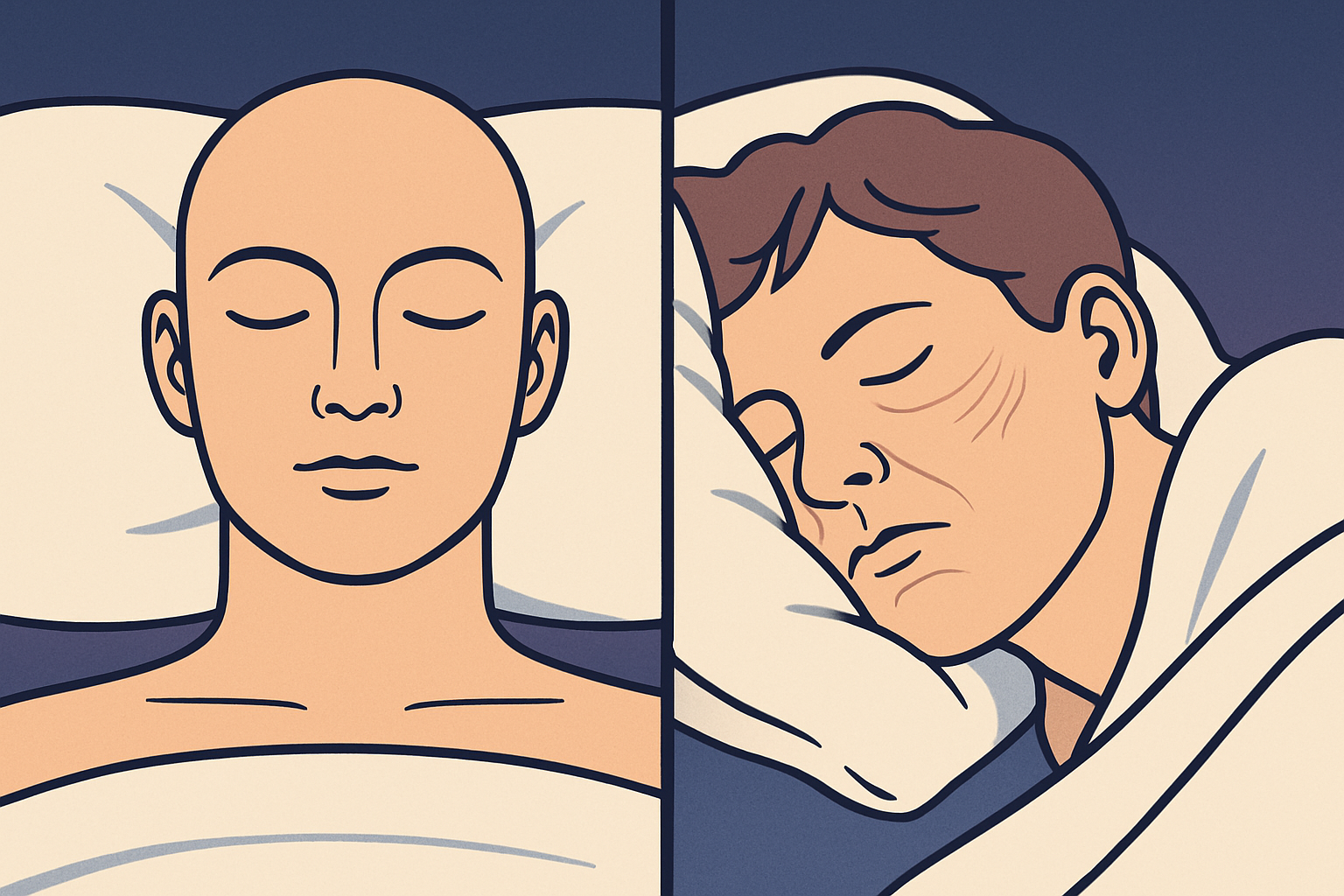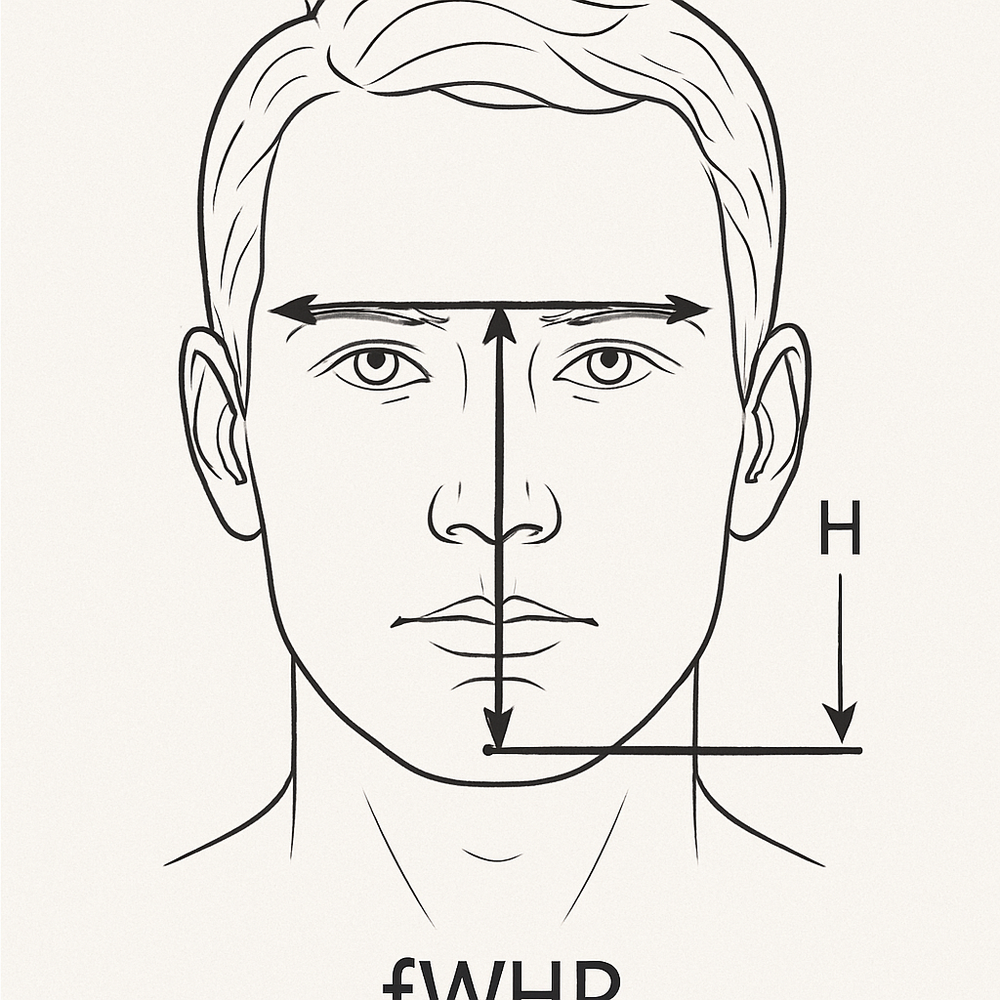Introduction to Depuffing
Depuffing refers to the process of reducing swelling or puffiness in the face and body. Puffiness, often characterized by a bloated or swollen appearance, can detract from one’s overall attractiveness and is commonly caused by factors such as water retention, poor diet, lack of sleep, and stress. Understanding the root causes of puffiness is essential for effectively addressing and mitigating its impact.
Water retention, for instance, can lead to swelling in various parts of the body, including the face. This condition is often exacerbated by high sodium intake, dehydration, and hormonal imbalances. Similarly, a poor diet rich in processed foods and low in essential nutrients can contribute to inflammation and bloating. Lack of sleep is another significant factor; insufficient rest disrupts the body’s natural balance, leading to fluid accumulation and a puffy appearance. Stress, too, plays a crucial role, as it triggers the release of cortisol, a hormone that can cause the body to retain more water.
The benefits of depuffing extend beyond mere aesthetics. By reducing puffiness, individuals can achieve a more defined and attractive look, which in turn can boost self-confidence. Furthermore, depuffing can contribute to overall better health. For example, adopting a balanced diet and staying hydrated not only helps to reduce swelling but also supports optimal bodily functions. Ensuring adequate sleep and managing stress effectively can improve both physical and mental well-being.
Ultimately, depuffing is a holistic approach that encompasses lifestyle changes and self-care practices aimed at enhancing one’s appearance and health. By addressing the underlying causes of puffiness, individuals can enjoy a more attractive look and a greater sense of confidence and vitality.
Dietary Changes for Reducing Puffiness
Diet plays a pivotal role in managing and reducing puffiness in both the face and body. One of the primary dietary adjustments involves reducing salt intake. Excessive sodium in the diet can cause water retention, leading to a swollen and puffy appearance. Therefore, it is advisable to limit the consumption of processed and packaged foods, which are often high in salt. Instead, opt for fresh, whole foods that provide essential nutrients without the added sodium.
Increasing water consumption is equally crucial in combating puffiness. Staying well-hydrated helps maintain the body’s natural fluid balance and flushes out excess sodium. Aim to drink at least eight glasses of water a day to keep your body hydrated and reduce the chances of swelling.
Incorporating anti-inflammatory foods into your diet can also significantly reduce puffiness. Fruits and vegetables rich in antioxidants, such as berries, leafy greens, and citrus fruits, help combat inflammation. Omega-3 fatty acids, found in fish like salmon and mackerel, as well as flaxseeds and walnuts, are known for their anti-inflammatory properties. Including these foods in your diet can help reduce swelling and promote a more attractive, healthy appearance.
Another important dietary consideration is reducing alcohol and caffeine consumption. Both substances can cause dehydration, leading to puffiness, especially around the eyes. Limiting your intake of alcohol and caffeinated beverages can help maintain your body’s fluid balance and reduce the likelihood of swelling.
By making these dietary changes, you can effectively manage and reduce puffiness, leading to a more attractive and refreshed appearance. Remember, a balanced diet rich in anti-inflammatory foods, adequate hydration, and mindful consumption of salt, alcohol, and caffeine can make a substantial difference in your overall look and well-being.
Effective Hydration Techniques
Hydration plays a pivotal role in maintaining a depuffed appearance, both for the face and the entire body. Proper hydration aids in flushing out toxins and reducing water retention, which can significantly contribute to puffiness. Ensuring adequate daily water intake is essential for achieving and maintaining optimal hydration levels. Experts generally recommend drinking approximately eight 8-ounce glasses of water per day, commonly referred to as the “8×8 rule.” However, individual hydration needs can vary based on factors such as body weight, activity level, and climate.
In addition to drinking plain water, incorporating herbal teas into your daily routine can offer added benefits. Herbal teas such as chamomile, dandelion, and green tea are not only hydrating but also possess anti-inflammatory properties that can help reduce puffiness. These teas can also aid in detoxification processes, enhancing the overall effectiveness of your hydration strategy.
Maintaining balanced hydration also involves paying attention to electrolyte levels. Electrolytes, including sodium, potassium, magnesium, and calcium, are crucial for regulating fluid balance within the body. Including electrolyte-rich foods in your diet, such as bananas, avocados, spinach, and nuts, can help support proper hydration. Alternatively, consuming electrolyte-infused beverages can be beneficial, especially during periods of intense physical activity or in hot climates where electrolyte loss through sweat is more significant.
While drinking enough fluids is vital, it’s equally important to avoid excessive intake of diuretic substances such as caffeine and alcohol, which can lead to dehydration. Moderation is key to ensuring that your hydration efforts are effective in depuffing your face and body. Overall, a well-rounded approach to hydration that includes adequate water intake, herbal teas, and electrolyte balance can significantly contribute to a more attractive and less puffy appearance.
Facial Massage and Skincare Routines
Facial massages play a crucial role in depuffing the face, primarily by enhancing circulation and promoting lymphatic drainage. These techniques help to move stagnant fluid out of the tissues, thereby reducing swelling and puffiness. Regular massage can also relax facial muscles, leading to a more youthful and rested appearance.
One effective technique is the use of gua sha, a traditional Chinese practice that involves scraping the skin with a smooth-edged tool. Start by applying a facial oil or serum to reduce friction. Hold the gua sha tool at a 15-degree angle and gently stroke it across your face, moving from the center outwards. Focus on areas prone to puffiness, such as under the eyes and along the jawline. Repeat each stroke 5 to 10 times for optimal results.
Another popular method is jade rolling, which involves rolling a jade stone over the face to stimulate circulation and encourage lymphatic drainage. Begin with a clean face and apply a serum or moisturizer. Using the larger end of the roller, start from the center of your face and roll outwards towards your ears. Use the smaller end for delicate areas like under the eyes. Consistent use of jade rolling can help in reducing puffiness and improving skin texture.
In addition to these techniques, incorporating specific skincare products can further aid in depuffing. Eye creams containing caffeine or peptides can significantly reduce under-eye bags. Serums with ingredients like hyaluronic acid and antioxidants can also improve skin elasticity and reduce swelling. For best results, apply these products with gentle tapping motions to enhance absorption and stimulate circulation.
By integrating facial massages and targeted skincare products into your daily routine, you can effectively manage and reduce facial puffiness, achieving a more attractive and refreshed look.
Exercise and Physical Activity
Regular exercise plays a crucial role in reducing overall body puffiness. Engaging in physical activity helps improve circulation, which is essential for preventing fluid buildup and reducing water retention. When the blood flows more efficiently, it aids in transporting excess fluids away from tissues, thereby minimizing puffiness. Additionally, physical activity promotes lymphatic drainage, which is vital for removing toxins and waste products from the body, further contributing to a less puffy appearance.
Cardiovascular exercises, such as running, swimming, and cycling, are particularly effective in enhancing circulation and encouraging sweat, which helps eliminate excess fluids. By increasing your heart rate, cardio workouts stimulate blood flow and promote the expulsion of retained water through perspiration.
Strength training, involving exercises like weightlifting and resistance band workouts, is also beneficial. Building muscle mass can help improve metabolism, which in turn aids in reducing water retention. Muscles require more water than fat, so increasing muscle mass can help your body manage fluids more efficiently.
Yoga, with its combination of physical poses, breathing exercises, and relaxation techniques, can be an excellent option for reducing puffiness. Many yoga poses specifically target the lymphatic system, promoting drainage and improving circulation. Poses that involve inversions, such as downward-facing dog or legs-up-the-wall, utilize gravity to assist with fluid movement away from the extremities.
Incorporating a mix of these exercises into your routine can provide a holistic approach to reducing puffiness. Aim for at least 150 minutes of moderate-intensity aerobic activity or 75 minutes of vigorous-intensity aerobic activity each week, along with muscle-strengthening activities on two or more days per week. Consistency is key, as regular exercise not only helps depuff your body but also contributes to overall health and well-being.
Stress Management Techniques
Stress is a significant factor that contributes to puffiness in both the face and body. When the body is under stress, it releases cortisol, a hormone that can disrupt the balance of other hormones and lead to water retention. This retention can manifest as puffiness, particularly around the eyes and in the face. Therefore, effective stress management techniques are crucial for reducing puffiness and promoting an attractive, healthy look.
Meditation is one of the most effective stress management techniques. By focusing on the breath and clearing the mind of extraneous thoughts, meditation can help lower cortisol levels and improve overall well-being. Even a brief, daily meditation practice of 10 to 15 minutes can have a significant impact on reducing stress-induced puffiness.
Deep breathing exercises are another practical approach to managing stress. Techniques such as diaphragmatic breathing, where one takes slow, deep breaths from the diaphragm, can activate the body’s relaxation response. This helps to lower cortisol levels, reduce water retention, and consequently diminish puffiness. A simple method involves inhaling deeply through the nose for a count of four, holding the breath for a count of four, and exhaling slowly through the mouth for a count of four. Repeating this cycle several times can effectively mitigate stress.
Mindfulness practices also offer substantial benefits for stress management. Mindfulness involves being present in the moment and observing thoughts and feelings without judgment. This practice can help individuals become more aware of their stress triggers and respond to them in a healthier way. Engaging in activities such as mindful walking, mindful eating, or even mindful bathing can foster a sense of calm and reduce the physiological effects of stress, including puffiness.
Incorporating these stress management techniques into your daily routine can significantly alleviate puffiness and contribute to a more attractive and vibrant appearance. By addressing the root cause of stress, you can restore hormonal balance and reduce water retention, promoting a healthier and more youthful look.
Adequate Sleep and Rest
Ensuring adequate sleep and rest is paramount in the quest to depuff your face and whole body for a more attractive look. A chronic lack of sleep can lead to heightened inflammation and water retention, both of which contribute significantly to puffiness. When the body is deprived of rest, it produces more cortisol, a stress hormone that can cause the body to retain fluids and swell.
To combat this, it is crucial to prioritize sleep quality. Establishing a consistent bedtime routine can play a vital role in enhancing sleep. Aim to go to bed and wake up at the same time every day, even on weekends. This helps regulate your body’s internal clock, making it easier to fall asleep and wake up naturally.
Creating a comfortable sleep environment is also essential. Ensure that your bedroom is cool, dark, and quiet. Investing in a good quality mattress and pillows can make a significant difference in the quality of your sleep. Additionally, consider using blackout curtains to block out any external light that might disrupt your sleep.
Avoiding screens before bed is another critical step. The blue light emitted by phones, tablets, and computers can interfere with your body’s production of melatonin, the hormone responsible for regulating sleep. Try to turn off all screens at least an hour before bedtime and engage in a relaxing activity such as reading a book or taking a warm bath instead.
Incorporating these practices into your daily routine can significantly improve your sleep quality, thereby reducing inflammation and water retention, and ultimately helping you achieve a less puffy and more attractive appearance.
Conclusion and Maintenance Tips
Achieving and maintaining a depuffed appearance requires a holistic approach and consistent effort. Throughout this blog post, we have explored various strategies to help reduce puffiness in the face and body. Key practices include staying hydrated, following a balanced diet low in sodium, engaging in regular physical activity, and ensuring adequate sleep. Additionally, incorporating facial massages and using cold compresses can further enhance your efforts.
Consistency is crucial in maintaining these results. Establishing a daily and weekly routine can help you stay on track. Here is a checklist to guide you:
Daily Routine
1. Start your day with a glass of water to stay hydrated.
2. Incorporate fresh fruits and vegetables into your meals.
3. Limit your intake of salty and processed foods.
4. Engage in at least 30 minutes of physical activity.
5. Practice gentle facial massages to stimulate lymphatic drainage.
6. Use cold compresses or facial rollers to reduce puffiness.
7. Ensure you get 7-9 hours of quality sleep.
Weekly Routine
1. Perform a more thorough facial massage or use a facial mask designed to reduce swelling.
2. Schedule time for a relaxing bath with Epsom salts to help draw out excess fluids.
3. Review your diet and make adjustments as necessary to avoid foods that may contribute to puffiness.
4. Engage in activities that reduce stress, such as yoga or meditation, as stress can contribute to inflammation and puffiness.
5. Monitor your progress and make note of any changes in your routine that may be needed.
It is important to listen to your body and adjust your routine as needed. Everyone’s body responds differently to various practices, so finding what works best for you is essential. By incorporating these tips into your daily and weekly routines, you can maintain a depuffed appearance and enhance your overall well-being. Remember, consistency and attentiveness to your body’s needs are the keys to achieving and sustaining optimal results.








